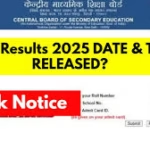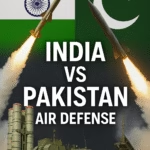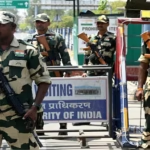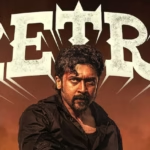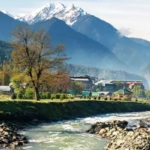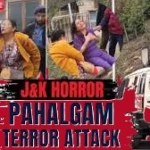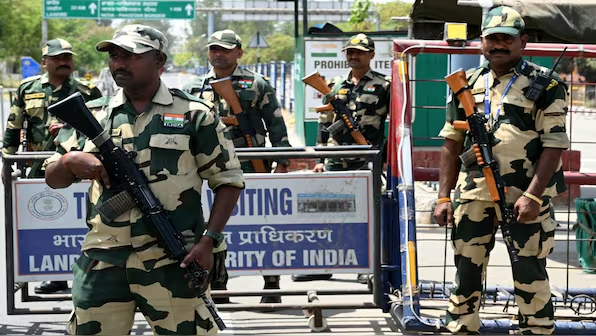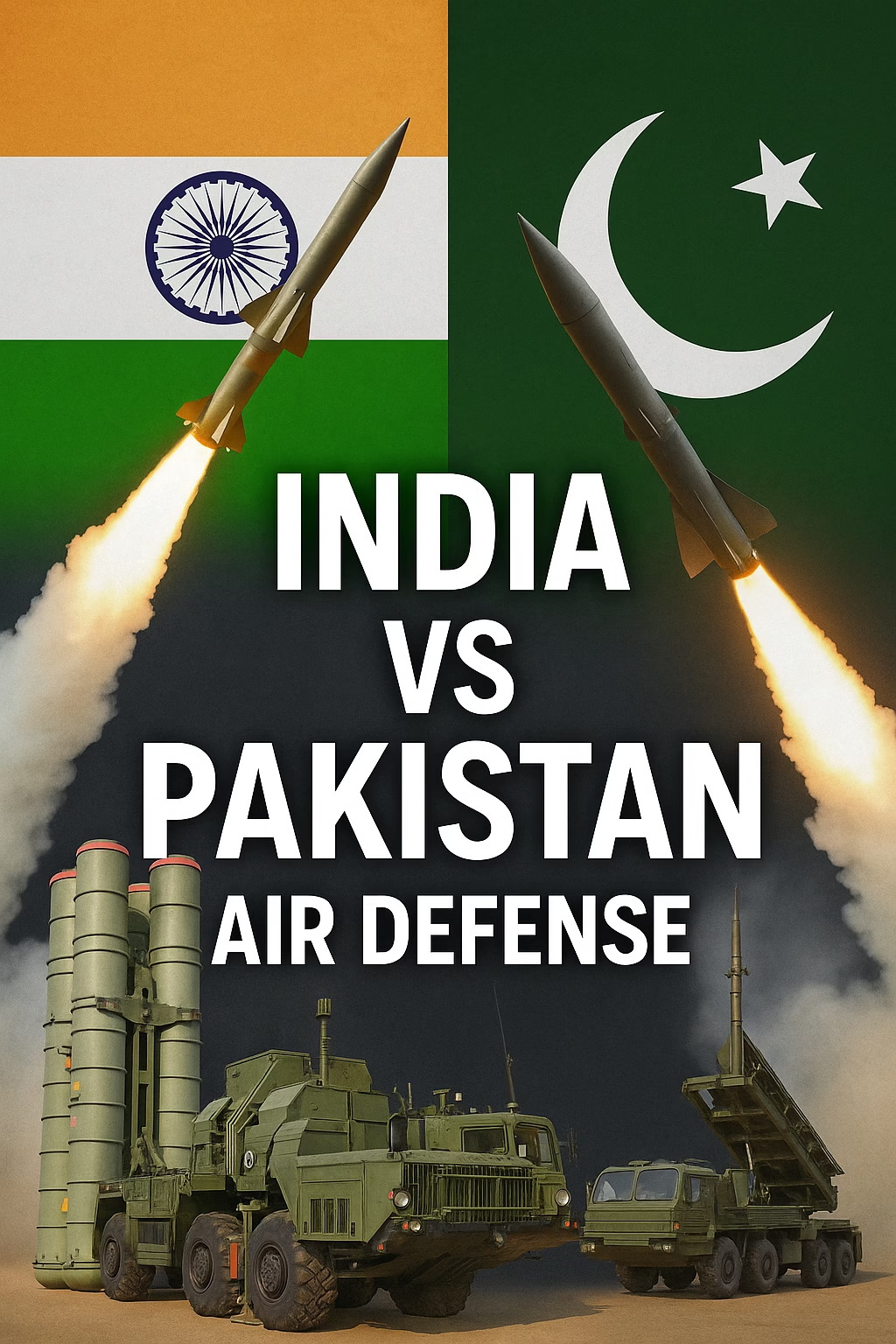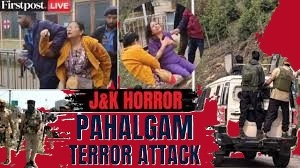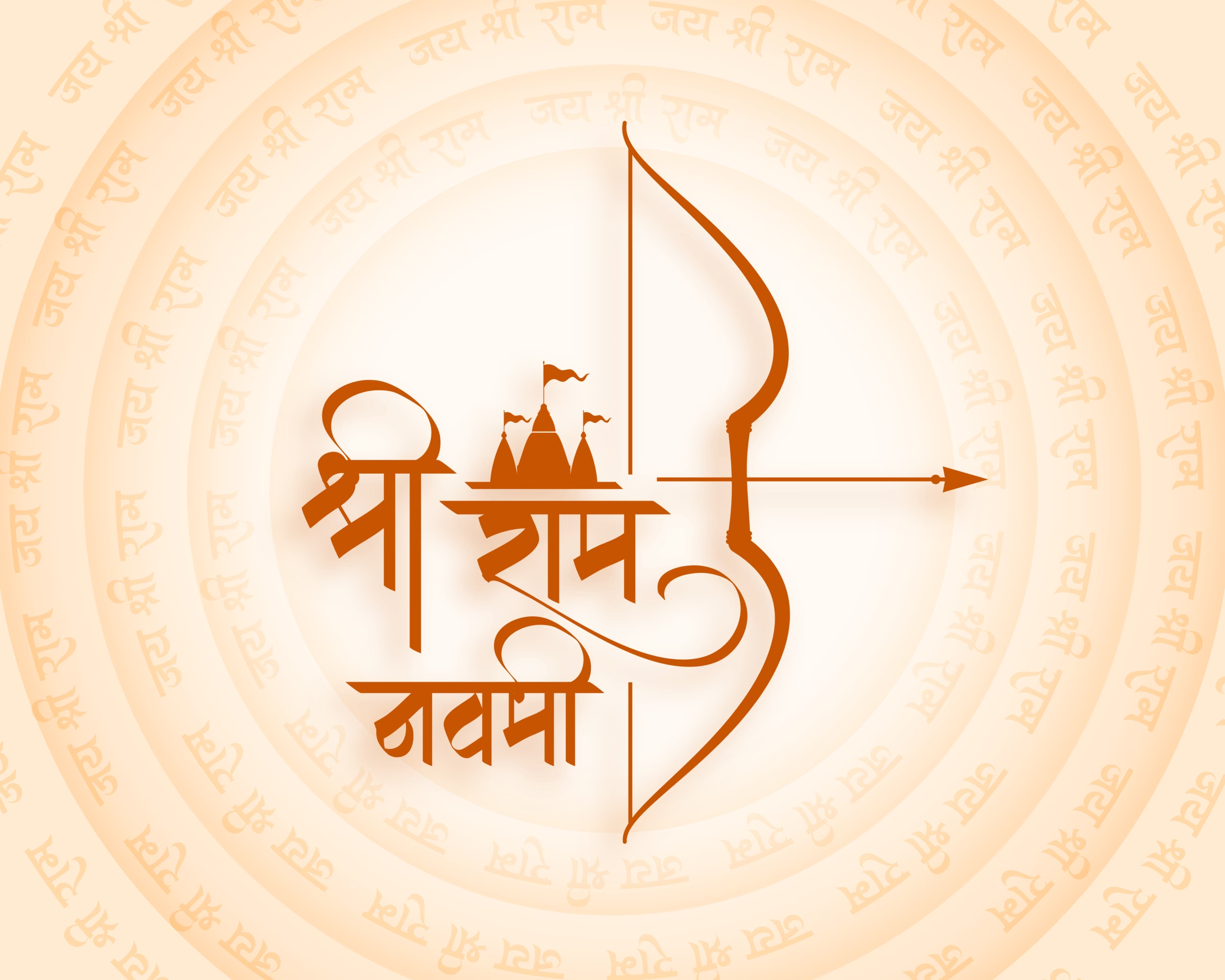India, with its diverse geography and dense population, faces a wide range of natural and man-made emergencies. The concept of mock drill India has become central to the nation’s safety and disaster preparedness efforts. From urban centers to rural communities, and from schools to industrial complexes, mock drills are regularly conducted to train individuals, test systems, and ensure readiness for unforeseen events.
This comprehensive guide explores the world of mock drill India: what they are, why they matter, the types conducted, step-by-step procedures, real-life examples, challenges, and the future of mock drills in the country.
What is a Mock Drill?
A mock drill is a simulated emergency exercise designed to test and evaluate the preparedness, response, and coordination of individuals, organizations, and agencies during various crisis scenarios. In the context of mock drill India, these exercises often recreate real-life emergencies-ranging from fire outbreaks and earthquakes to large-scale health emergencies or security threats-to assess how quickly and effectively people and systems respond.
Mock drills serve several purposes:
- Testing Emergency Plans: Ensuring that protocols and contingency plans are practical and effective.
- Training Personnel: Familiarizing staff, students, or citizens with their roles during emergencies.
- Identifying Gaps: Revealing weaknesses in communication, logistics, or resource allocation.
- Building Confidence: Reducing panic and confusion by making preparedness second nature.
Importance of Mock Drills in India
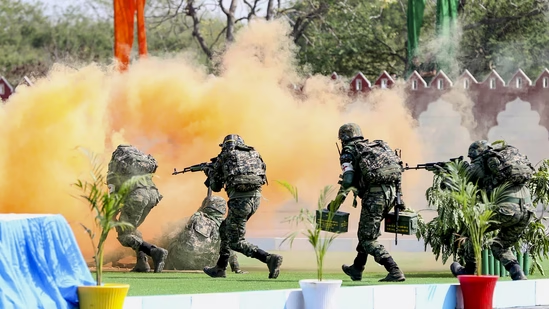
India’s vulnerability to disasters-natural (earthquakes, floods, cyclones), industrial (chemical leaks, nuclear incidents), and man-made (terror attacks, fires)-makes mock drills indispensable. The importance of mock drills in India is evident in several ways:
- Saving Lives: Well-executed mock drills can make the difference between chaos and order, especially in high-density settings like schools, hospitals, and public places.
- Enhancing Coordination: Drills foster seamless cooperation between multiple agencies-fire, police, medical, civil defence, and local authorities.
- Public Awareness: Regular drills educate citizens about evacuation routes, emergency contacts, and self-protection measures.
- Compliance and Regulation: Many sectors are legally mandated to conduct periodic mock drills as per government and disaster management guidelines.
- Security Preparedness: In times of heightened tension, such as during regional security threats, these exercises prepare the population for worst-case scenarios.
Types of Mock Drills Conducted in India
Mock drill India covers a broad spectrum of scenarios, tailored to the unique risks of each sector and region:
1. Fire Safety Drills
- Common in schools, offices, malls, and factories.
- Simulate fire outbreaks, evacuation, and firefighting.
2. Earthquake Drills
- Especially in seismic zones and schools.
- Focus on “Drop, Cover, and Hold” techniques, safe exit, and assembly points.
3. Disaster Management Drills
- Include flood, cyclone, landslide, and tsunami simulations.
4. Industrial and Chemical Disaster Drills
- Mandatory in factories, refineries, and chemical plants.
- Simulate toxic leaks, explosions, or mass casualty incidents.
5. Hospital Emergency Drills
- Test readiness for mass casualty events, fire, or disease outbreaks.
6. Civil Defence and Security Drills
- Large-scale exercises simulating air raids, blackouts, evacuations, and sheltering.
7. Nuclear Emergency Drills
- Conducted at nuclear power plants to test off-site emergency plans.
8. Pandemic Preparedness Drills
- Simulate disease outbreaks, isolation protocols, and mass vaccination drives.
9. School Safety Drills
- Regular fire, earthquake, and lockdown drills to protect children.
Step-by-Step Procedure of a Mock Drill
While specifics vary by scenario, a mock drill India typically follows a structured process:
1. Planning and Preparation
- Risk Assessment: Identify potential hazards and vulnerable populations.
- Objective Setting: Define what the drill aims to test (e.g., evacuation speed, communication).
- Team Formation: Assign roles-incident commander, safety officers, first responders, observers.
2. Scenario Development
- Script Creation: Design a realistic emergency scenario (e.g., fire on the third floor, earthquake at 11:00 AM).
- Resource Allocation: Ensure availability of alarms, first-aid kits, fire extinguishers, stretchers, etc.
3. Communication and Briefing
- Pre-Drill Notification: Inform participants (sometimes drills are unannounced for realism).
- Role Assignment: Clarify duties and expectations.
4. Execution
- Alarm Activation: Trigger sirens, alarms, or alerts as per the scenario.
- Evacuation or Response: Participants follow prescribed procedures-evacuate, shelter-in-place, or respond to casualties.
- Coordination: Emergency teams (fire, medical, police) mobilize and coordinate.
5. Observation and Documentation
- Observers: Monitor actions, note response times, and identify bottlenecks.
- Data Collection: Record timings, compliance, and communication effectiveness.
6. Debriefing and Review
- Feedback Session: Discuss what went well and areas for improvement.
- Report Generation: Document findings, lessons learned, and recommendations.
7. Follow-Up
- Action Plan: Address gaps and update emergency plans.
- Repeat Drills: Regular repetition for sustained readiness.
Key Agencies Involved in Mock Drills in India
A robust mock drill India ecosystem relies on the coordinated efforts of multiple agencies:
- National Disaster Management Authority (NDMA): Sets guidelines, conducts high-level drills, and oversees disaster preparedness.
- Ministry of Home Affairs (MHA): Directs civil defence drills, especially during security threats.
- National Disaster Response Force (NDRF): Specialized unit for disaster response and training.
- State Disaster Management Authorities (SDMAs): Implement drills at the state level.
- Civil Defence and Home Guards: Key for security scenario drills and community engagement.
- Fire and Emergency Services: Lead fire safety and rescue drills.
- Police and Local Administration: Ensure law and order, crowd management.
- Health Departments and Hospitals: Conduct medical emergency and pandemic drills.
- Educational Institutions: Regularly organize school safety drills.
- Industrial Safety Boards: Oversee compliance in factories and plants.
Mock Drill India: Real-Life Case Studies
1. Nationwide Civil Defence Mock Drill
A recent large-scale civil defence mock drill was conducted across hundreds of districts, simulating war-like emergencies. The drill included air raid sirens, citywide blackouts, evacuation rehearsals, and camouflaging of vital installations. It involved district authorities, civil defence wardens, Home Guards, volunteers, and school students. The objective was to test public alert systems, communication, and the operational readiness of control rooms and shelters.
2. Nuclear Facility Drills
Periodic mock drills at nuclear power plants test off-site emergency plans. These drills simulate radiological leaks and mass evacuations, ensuring that authorities can mitigate potential disasters swiftly.
3. School Earthquake and Fire Drills
Schools in seismic-prone states regularly conduct earthquake and fire drills. Students are trained in “Drop, Cover, and Hold,” followed by orderly evacuation to assembly points. Such drills have proven effective in instilling calm and discipline during real emergencies.
4. Hospital COVID-19 Preparedness Drills
During the COVID-19 pandemic, hospitals conducted mock drills to test readiness for patient surges, triage protocols, and infection control. These exercises identified gaps in PPE supply, isolation wards, and staff training, leading to rapid improvements.
5. Industrial Disaster Drills
Industrial hubs routinely conduct mock drills simulating gas leaks, fires, or explosions. These drills test coordination between plant safety teams, local fire services, and medical responders.
Challenges Faced During Mock Drills
Despite their critical role, mock drill India initiatives face several challenges:
- Complacency: Over time, participants may treat drills as routine, reducing seriousness and effectiveness.
- Resource Constraints: Smaller towns and rural areas may lack equipment, trained personnel, or funds.
- Coordination Issues: Multi-agency drills can reveal communication breakdowns or unclear command structures.
- Public Panic: Unannounced drills, especially in sensitive areas, can sometimes trigger panic among the public.
- Documentation and Follow-Up: Lessons learned are not always implemented, leading to repeated mistakes.
- Cultural Barriers: In some communities, awareness about disaster preparedness remains low.
Future of Mock Drills in India
The future of mock drill India is poised for greater sophistication and inclusivity:
- Technology Integration: Use of apps, digital simulations, and AI-driven scenarios to enhance realism and data collection.
- Community-Based Drills: Expanding drills to villages and urban slums, ensuring grassroots preparedness.
- Sector-Specific Innovations: Tailoring drills for new threats-cyberattacks, bioterrorism, or climate-induced disasters.
- Regular Audits: Mandatory periodic drills with third-party audits to ensure compliance and effectiveness.
- International Collaboration: Learning from global best practices and participating in joint drills with neighboring countries.
Government Guidelines and NDMA’s Role
The National Disaster Management Authority (NDMA) sets the framework for disaster preparedness in India. Its guidelines mandate regular mock drills across sectors-schools, hospitals, industries, and nuclear facilities. The NDMA also conducts large-scale drills, reviews off-site emergency plans, and coordinates with state and district authorities.
The Ministry of Home Affairs (MHA) plays a key role in civil defence drills, especially during security threats. Its directives ensure that drills are conducted uniformly, with clear objectives and reporting mechanisms.
How Communities Can Participate in Mock Drills
Community participation is the backbone of effective mock drill India programs:
- Volunteer Enrollment: Join civil defence, Home Guards, or other volunteer organizations.
- Awareness Campaigns: Attend workshops and training sessions organized by local authorities.
- School and Resident Welfare Associations: Organize and participate in building-level drills.
- Feedback and Reporting: Share observations and suggestions to improve future drills.
- Dissemination of Information: Help spread awareness about emergency contacts, evacuation routes, and first-aid.
FAQ: Mock Drill India
Q1: What is the main purpose of mock drills in India?
A: The main purpose is to test and improve the preparedness of individuals, organizations, and agencies for various emergencies-be it natural disasters, industrial accidents, or security threats-thereby saving lives and minimizing damage.
Q2: Who conducts mock drills in India?
A: Mock drills are conducted by a range of agencies, including disaster management authorities, civil defence, fire services, police, hospitals, schools, and industrial safety boards.
Q3: Are mock drills mandatory in schools and industries?
A: Yes, government guidelines require regular mock drills in schools, hospitals, factories, and other high-risk establishments to ensure compliance and safety.
Q4: What should I do if I hear a mock drill siren?
A: Follow instructions-evacuate calmly if required, seek shelter as directed, and cooperate with emergency personnel. Drills are designed for your safety and learning.
Q5: How often are nationwide mock drills conducted?
A: While sector-specific drills are frequent, nationwide civil defence drills are rare and usually conducted during heightened security threats.
Q6: How can I get involved in community mock drills?
A: Contact your local civil defence office, join volunteer programs, or participate in drills organized by your school, workplace, or resident association.
Conclusion
Mock drill India is more than a regulatory requirement-it is a life-saving practice that empowers individuals, strengthens institutions, and safeguards communities. As India faces increasingly complex threats, regular, realistic, and inclusive mock drills are the cornerstone of national resilience. By participating actively and learning from each exercise, every citizen contributes to a safer, more prepared India.
Read more at worldsinsight.

